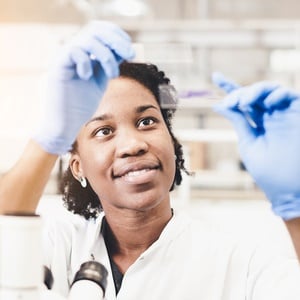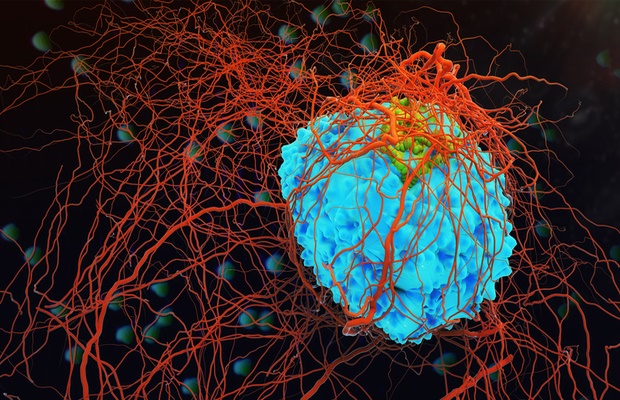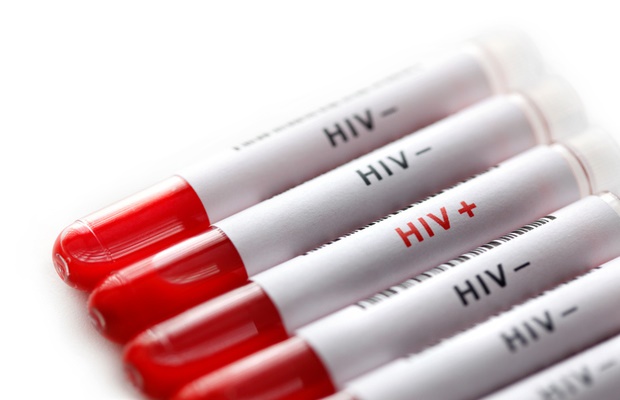
We’ve seen diseases such as smallpox and polio practically eradicated through vaccination, and for every dreaded disease that's currently being researched there's the possibility of a cure.
But is it realistic to expect cures in our lifetime?
When it comes to diseases such as cancer it seems unlikely at first glance: A study published by medical journal Lancet predicts that South Africa could see an increase of 78% in the number of cancer cases by 2030. From a global perspective, a 75% increase is expected, increasing the total incidence of all new cancer cases from 12.7 million in 2008 to 22.2 million by 2030.
And besides cancer, a large number of deaths in South Africa can be attributed to HIV/Aids. In 2016, there were 270 000 new HIV infections, and 110 000 South Africans died from Aids-related illnesses, according to the Joint United Nations Programme on HIV and Aids (UNAIDS).
The question is – will there ever be a cure for these five dreaded diseases in our lifetime?
1. Cancer
What it is: Cancer is the uncontrolled growth of abnormal cells in the body and can develop in almost any organ or tissue, such as the lungs, colon, breast, skin, bones, or nerve tissue.
Current therapies: Right now, we rely on treatments such as chemotherapy and radiation to fight cancer cells. There are also more targeted treatments that block the cancer-causing cells from growing and spreading, which don't kill off normal cells, resulting in side-effects such as hair loss and nausea. Although this is a step in the right direction, targeted treatment isn't always strong enough to eradicate the cancer entirely.
What the future holds: We are, however, closer to a cure for cancer now than we were a couple of decades ago. The aim is to find a pharmaceutical cure in lieu of chemotherapy and radiation as cancer cells can become resistant to these methods of treatment.
But cancer is complex – from the structure of the cells, to its location in the body. This makes finding a cure difficult. There are many avenues of research, and some scientists are optimistic, “We are light years ahead of where we were just 20 years ago and are learning new things about the biology of cancer literally each week," says Barry Boid, chair of biology at Northern Illinois University.
Why it's difficult to cure: The reason why scientists haven’t yet be able to find a cure for cancer is because of the complexity of the different cancers and the fact that it’s an evolving disease – cancer cells undergo constant molecular and genetic changes.

2. HIV/Aids
What it is: HIV/Aids is caused by the Human Immunodeficiency Virus (HIV). HIV is mainly transmitted through sexual intercourse, but can also be passed down from mother to child, or acquired via blood transfusion with infected blood. Once a person is infected, the virus remains in their body for life.
Current therapies: Since the discovery of HIV/Aids decades ago, researchers have been tirelessly working towards a cure. Current treatment involves antitretroviral therapy treatment (ARV).
What the future holds: While there are many tools to prevent infection, such as awareness, practising safe sex and taking pre- and post-exposure prophylaxis in the case of possible infection, there is research towards a functional cure for HIV instead of getting rid of the virus completely. This involves research about "immune modulation" – seeking out ways to permanently change the immune system so it’s better equipped to fight off HIV.
Researchers are also looking at gene therapy as a possible cure. These efforts are inspired by a man who was cured of HIV infection a decade ago by a cell transplant from a donor with natural immunity to the virus. He is the only person known to have been cured of HIV infection.
This method shows great promise.
Why it's difficult to cure: According to Professor Caroline Tiemessen, head of cell biology for the Centre for HIV and Sexually Transmitted Infections (STI) at the National Institute of Communicable Diseases (NICD), we are still a long way from a cure. "With regards to there ever being a cure for HIV and Aids, we would first need to define complete eradication of the disease versus HIV remission."

3. Cystic fibrosis
What it is: Cystic fibrosis occurs when a faulty gene causes mucus in the body to be abnormally thick. This prevents organs like the lungs and pancreas from working properly. There is currently no cure and patients are treated according to the organs affected.
Current therapies: Right now, treatment of cystic fibrosis depends on the severity of the disease and which organs are affected. Early diagnosis and comprehensive, intensive therapy can lengthen survival time and improve overall quality of life. This can include mucus-thinning medication, antibiotics, bronchodilators, physiotherapy and nutrition.
When the lung function fails, a lung transplant is often the last resort for many sufferers.
What the future holds: Researchers are hoping to tackle the origin of the disease by exploring gene therapy to fix the faulty gene causing the thick mucus.
The FDA approved a drug in February 2018. This drug is called Ivacaftor and it deals directly with the broken genes that cause the disease. While this drug will only work for 4% of sufferers, it’s a step in the right direction.
Why it's difficult to cure: Cystic fibrosis is hereditary and caused by the mutation of a single gene. "Fixing" this one single gene is tricky. In theory, it sounds easy because the problem is limited to one faulty gene but, for the past 25 years, research has failed.

4. Ebola
What it is: Ebola is a deadly disease caused by infection with the Ebola virus. Ebola symptoms include fever, nausea, vomiting, diarrhoea and bleeding from multiple orifices.
Current therapies: Ebola can be treated, but there is no way to prevent it just yet. Medical professionals can only treat the symptoms of this highly contagious, haemorrhagic disease. No FDA-approved vaccines are available for Ebola. Treatment is symptomatic. There are experimental vaccines, but nothing has been approved yet.
What the future holds: There are vaccines available against a few other haemorrhagic fevers, notably the yellow fever vaccine, which was developed by a South African scientist. Vaccines against other haemorrhagic fevers such as Ebola are still being researched.
Why it's difficult to cure: While vaccinations are being researched, there are few established primary prevention measures against Ebola, because the identity and location of its natural reservoir are unknown.

5. Alzheimer's disease
What it is: Alzheimer's disease is one of the most common forms of dementia and is recognised by the progressive degeneration of brain tissue, which affects memory.
Current therapies: Currently, three drugs are available that can improve memory and delay disease progression. The drugs belong to the class called cholinesterase inhibitors.
What the future holds: Dr Matthew Kennedy, director of Early Discovery, Neuroscience at Merck, and a representative for a group of major American pharmaceuticals says the following about Alzheimer’s research, “We absolutely are working with the highest sense of urgency to try to bring effective therapies to patients. But it is a long road of learning. I’m very excited about what the next few years may bring.”
P. Murali Doraiswamy, head of biological psychiatry at Duke University, says that Alzheimer's disease is a tough puzzle to crack and that a form of cure is more likely to come from delaying the onset of Alzheimer's disease rather than growing new brain cells to repair the damage. That being said, he is optimistic about the research, "The pace of research is so great that new target drugs are being reported daily."
Why it's difficult to cure: Research is being done to find a cure, but identifying the origin and cause of Alzheimer’s disease is the big stumbling block.

Image credit: iStock




 Publications
Publications
 Partners
Partners










